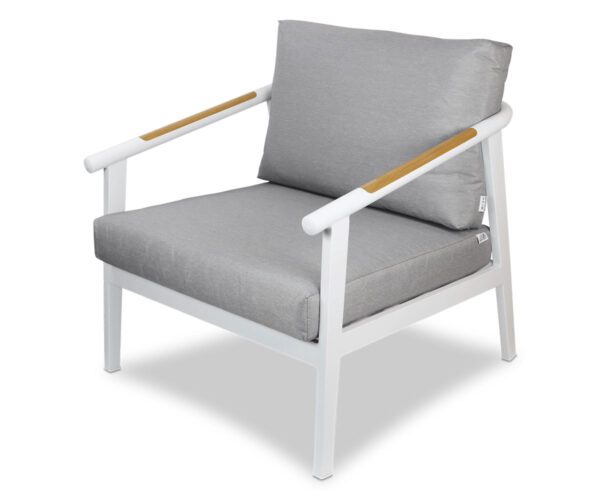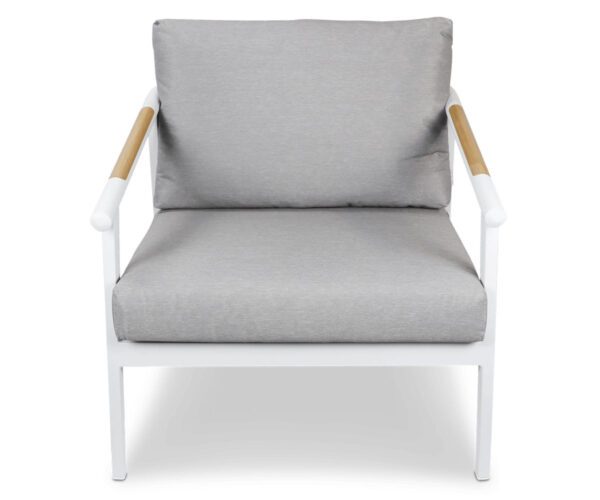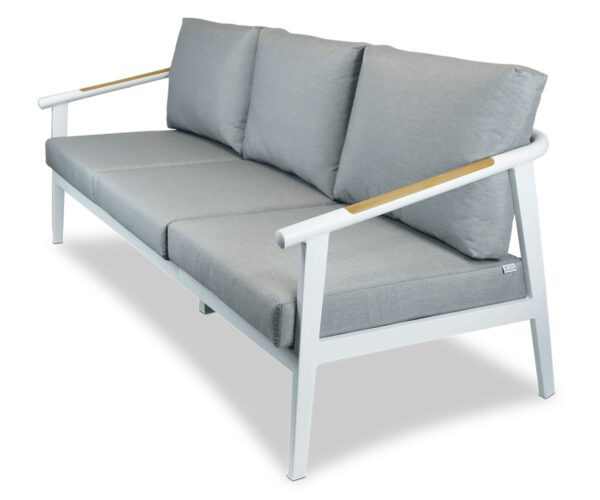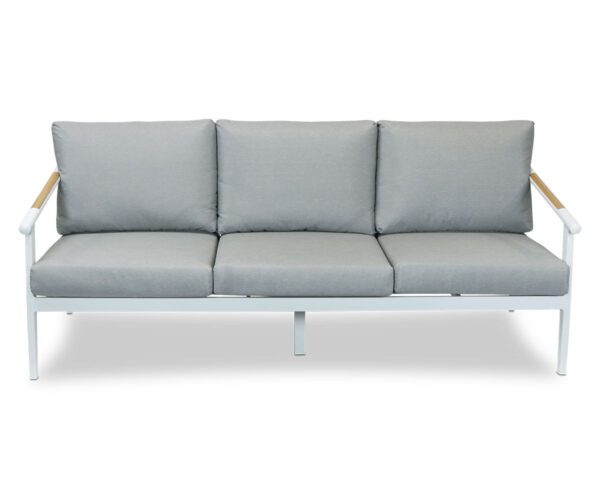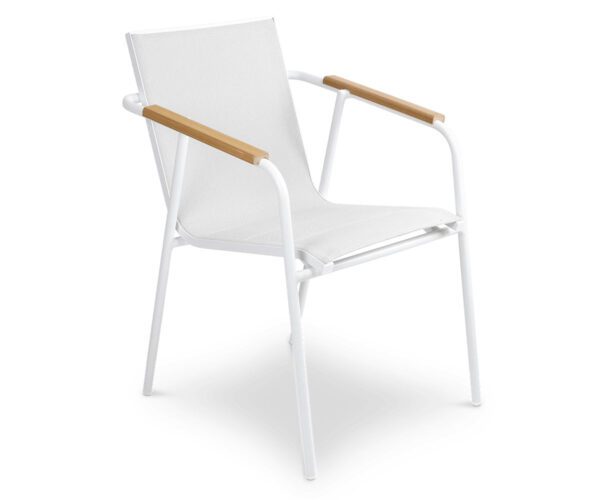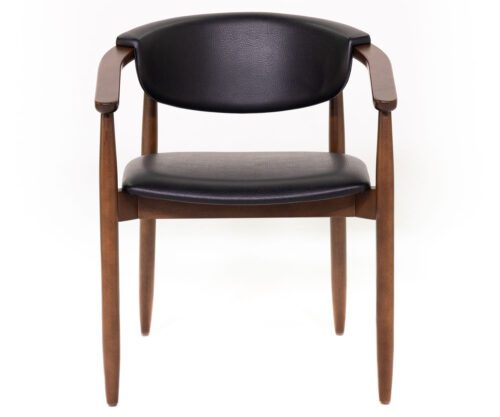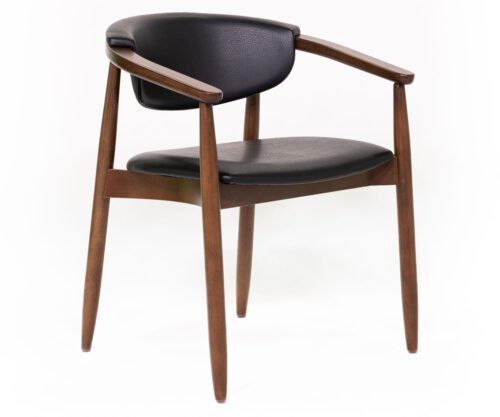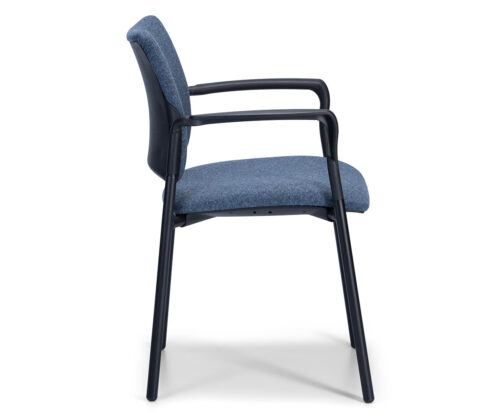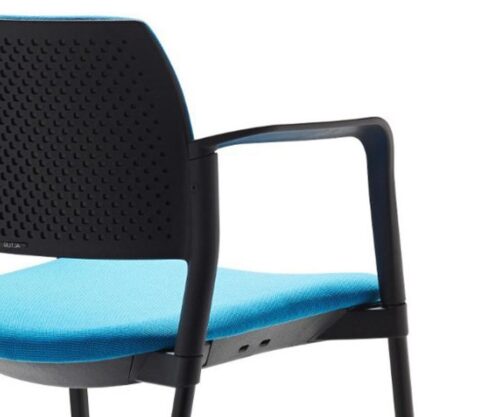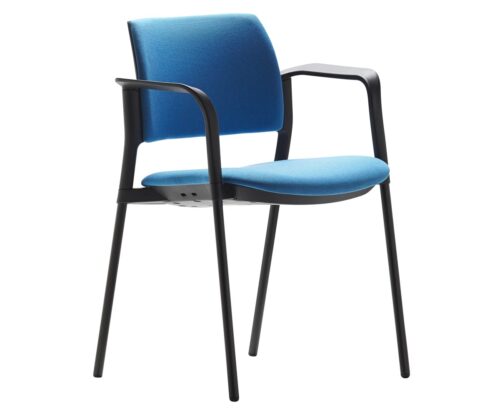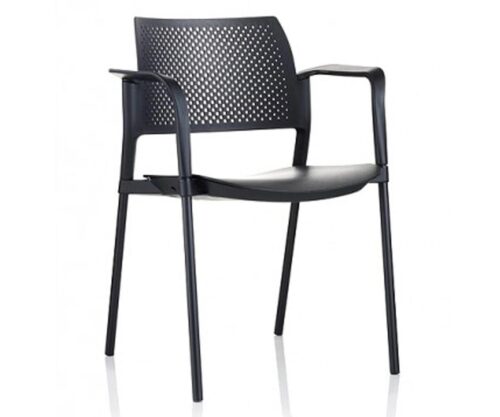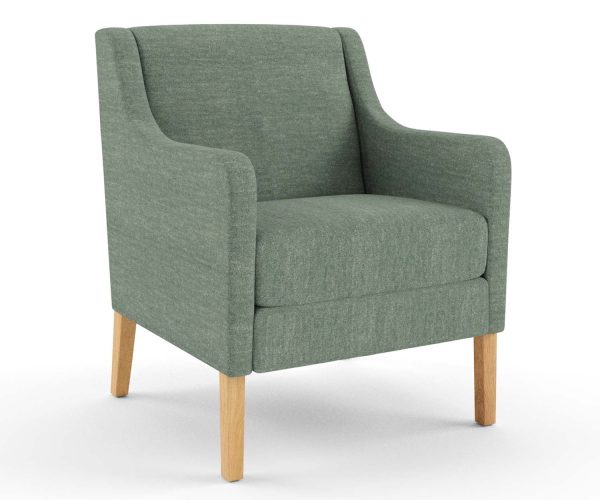Must-Ask Questions for Student Accommodation Furniture Procurement Challenges

In the dynamic world of student accommodation furniture, procurement managers play a pivotal role in shaping living spaces that seamlessly blend comfort, functionality, and style. However, the journey from conceptualization to implementation is not without its hurdles.
Let’s delve into the five biggest challenges faced by procurement managers for student accommodation furniture and explore the key questions to ask in order to overcome these challenges.
1. Budgetary Constraints: Balancing Quality and Cost for Student Accommodation Furniture
To manage the budget for student accommodation furniture effectively, procurement managers should negotiate bulk discounts, explore financing options like leasing, choose cost-effective designs without sacrificing looks, project long-term costs, and seek external funding through grants or partnerships. This diverse strategy ensures acquiring quality furniture while staying within the institution’s financial limits.
Question to Ask
- How can we negotiate with suppliers to secure bulk discounts without compromising on the quality of the furniture?
- Are there any innovative financing options or procurement strategies that can help stretch our budget further?
- What cost-effective design options or materials can be explored without compromising the aesthetic appeal of the furniture?
- Have we considered long-term cost projections, including maintenance and potential replacement costs, in our budget planning?
- Are there any grant opportunities or partnerships that can be leveraged to supplement our furniture budget?
2. Diverse Needs, One Solution: Meeting Varied Requirements
Meeting the diverse needs of students in accommodation is a big challenge for procurement managers. They aim to provide furniture that suits various preferences and lifestyles, going beyond just functionality to create living spaces that resonate with the unique requirements of a diverse student population. To tackle this challenge, procurement managers can consider customizable furniture options adaptable to different room layouts and individual preferences. Seeking modular designs allows flexibility and reconfiguration as student needs change over time. Collaborative and technology-integrated furniture can enhance communal aspects, fostering a sense of community. Regular feedback from students is crucial for understanding preferences and ensuring selected furniture meets both functional needs and aligns with varied lifestyles and study habits. Overall, embracing versatility, customization, and collaboration helps procurement managers effectively address the challenge of meeting diverse requirements in student accommodation furniture.
Question to Ask
- How can we gather feedback from students to better understand their preferences and tailor our furniture procurement accordingly?
- Are there modular furniture options that can be easily reconfigured to accommodate changing needs and room layouts?
- In what ways can technology be integrated into furniture solutions to meet the diverse needs of tech-savvy students?
- Have we considered collaborative furniture designs that foster community engagement and social interaction among residents?
- What customization options do suppliers offer to ensure that furniture aligns with the unique requirements of different student living spaces?
3. Durability and Maintenance: Ensuring Longevity of Student Accommodation Furniture
Making sure that furniture lasts in student accommodations is a top concern for procurement managers due to high turnover and frequent use. The challenge is to choose furniture that not only looks good and serves its purpose but also stays in good condition for a long time. To tackle this, procurement managers can talk with suppliers about warranties, after-sales support, and how durable the furniture is. It’s crucial to choose suppliers known for providing strong, long-lasting products. Creating maintenance plans and educating staff on care procedures can significantly extend furniture life. Identifying durable materials and finishes is essential during the selection process. Collaborating with suppliers offering long-term maintenance contracts ensures furniture stays in good shape throughout its life. By focusing on durability, proactive maintenance, and good partnerships with suppliers, procurement managers can overcome the challenge of making furniture last in student accommodations, reducing the need for frequent replacements and lowering overall costs.
Question to Ask
- What warranty and after-sales support do potential suppliers provide to address any durability concerns?
- How can proactive maintenance programs be implemented to extend the lifespan of the furniture and minimize replacement costs?
- Are there specific materials or finishes known for their durability and resistance to wear and tear that we should prioritize?
- What feedback have other educational institutions provided regarding the durability of the furniture from our shortlisted suppliers?
- Can we explore partnerships with suppliers that offer long-term maintenance contracts for the procured furniture?
4. Compliance with Safety Standards: A Non-Negotiable Priority
Keeping student accommodation furniture safe is a top concern for procurement managers. This goes beyond how the furniture looks and works — it involves following safety rules closely. Procurement managers need to talk with suppliers to make sure they understand safety rules, including certifications and testing procedures. When choosing suppliers, it’s crucial to pick those who regularly update their products to meet the latest safety standards. Having clear documentation and verification processes is a must, and procurement managers should look for transparent information about the safety of potential furniture options. To enhance safety, they can involve safety experts, participate in industry forums, and be prepared to quickly address any safety issues with suppliers. By making safety a priority in supplier selection and staying informed about standards, procurement managers can handle the challenge of ensuring that student accommodation furniture meets and even exceeds safety requirements.
Question to Ask
- How often do suppliers update their product lines to align with the latest safety standards and regulations?
- What documentation and certifications can suppliers provide to validate the safety compliance of their furniture?
- Are there industry-specific safety standards that go beyond the basic requirements that we should consider for student accommodation furniture?
- How do suppliers handle recalls or safety-related issues, and what protocols are in place for swift resolution?
- Have we consulted with safety experts or engaged in industry forums to stay informed about evolving safety standards relevant to student accommodations?
5. Sustainability Matters: A Green Approach to Procurement
For procurement managers, being eco-friendly when getting furniture for student accommodations is crucial. This means looking at more than just how the furniture works and looks—it involves considering the impact on the environment throughout the whole process. To tackle this, managers should choose suppliers who use eco-friendly materials and processes. This might include exploring furniture made from sustainable, recycled, or responsibly sourced materials. It’s important to assess the furniture’s entire life, from making it to getting rid of it, to understand its real impact on the environment. Talking to suppliers who share detailed information about the environmental aspects of their products helps make informed choices. Also, looking into recycling or upcycling programs for old furniture contributes to an environmentally friendly way of handling furniture disposal. Procurement managers can ask suppliers about their commitments to being socially responsible, including fair labor practices and community involvement, ensuring a holistic and green approach to procurement. By making sustainability a priority, procurement managers not only help their institutions reach environmental goals but also set an example for responsible procurement in student accommodations.
Question to Ask
- What eco-friendly materials and manufacturing processes do potential suppliers employ in the production of their furniture?
- Can suppliers provide detailed information on the carbon footprint and environmental impact of their furniture throughout its lifecycle?
- Are there recycling or upcycling programs in place for furniture disposal at the end of its usable life?
- How do potential suppliers contribute to social responsibility, such as fair labor practices and community engagement, in their manufacturing processes?
- Have we explored partnerships with suppliers who actively participate in sustainable furniture initiatives or certification programs?
As procurement managers navigate these challenges, asking the right questions becomes instrumental in making informed decisions that positively impact the student living experience. By addressing these questions head-on, procurement managers can not only overcome challenges but also contribute to creating living spaces that foster a sense of community, well-being, and academic success.
Australian Made Student Accommodation Furniture
Our Australian-made student accommodation furniture is designed to meet the unique demands of student living while embodying the essence of durability, safety, and contemporary style.
More News
Must-Ask Questions for Student Accommodation Furniture Procurement Challenges

In the dynamic world of student accommodation furniture, procurement managers play a pivotal role in shaping living spaces that seamlessly blend comfort, functionality, and style. However, the journey from conceptualization to implementation is not without its hurdles.
Let’s delve into the five biggest challenges faced by procurement managers for student accommodation furniture and explore the key questions to ask in order to overcome these challenges.
1. Budgetary Constraints: Balancing Quality and Cost for Student Accommodation Furniture
To manage the budget for student accommodation furniture effectively, procurement managers should negotiate bulk discounts, explore financing options like leasing, choose cost-effective designs without sacrificing looks, project long-term costs, and seek external funding through grants or partnerships. This diverse strategy ensures acquiring quality furniture while staying within the institution’s financial limits.
Question to Ask
- How can we negotiate with suppliers to secure bulk discounts without compromising on the quality of the furniture?
- Are there any innovative financing options or procurement strategies that can help stretch our budget further?
- What cost-effective design options or materials can be explored without compromising the aesthetic appeal of the furniture?
- Have we considered long-term cost projections, including maintenance and potential replacement costs, in our budget planning?
- Are there any grant opportunities or partnerships that can be leveraged to supplement our furniture budget?
2. Diverse Needs, One Solution: Meeting Varied Requirements
Meeting the diverse needs of students in accommodation is a big challenge for procurement managers. They aim to provide furniture that suits various preferences and lifestyles, going beyond just functionality to create living spaces that resonate with the unique requirements of a diverse student population. To tackle this challenge, procurement managers can consider customizable furniture options adaptable to different room layouts and individual preferences. Seeking modular designs allows flexibility and reconfiguration as student needs change over time. Collaborative and technology-integrated furniture can enhance communal aspects, fostering a sense of community. Regular feedback from students is crucial for understanding preferences and ensuring selected furniture meets both functional needs and aligns with varied lifestyles and study habits. Overall, embracing versatility, customization, and collaboration helps procurement managers effectively address the challenge of meeting diverse requirements in student accommodation furniture.
Question to Ask
- How can we gather feedback from students to better understand their preferences and tailor our furniture procurement accordingly?
- Are there modular furniture options that can be easily reconfigured to accommodate changing needs and room layouts?
- In what ways can technology be integrated into furniture solutions to meet the diverse needs of tech-savvy students?
- Have we considered collaborative furniture designs that foster community engagement and social interaction among residents?
- What customization options do suppliers offer to ensure that furniture aligns with the unique requirements of different student living spaces?
3. Durability and Maintenance: Ensuring Longevity of Student Accommodation Furniture
Making sure that furniture lasts in student accommodations is a top concern for procurement managers due to high turnover and frequent use. The challenge is to choose furniture that not only looks good and serves its purpose but also stays in good condition for a long time. To tackle this, procurement managers can talk with suppliers about warranties, after-sales support, and how durable the furniture is. It’s crucial to choose suppliers known for providing strong, long-lasting products. Creating maintenance plans and educating staff on care procedures can significantly extend furniture life. Identifying durable materials and finishes is essential during the selection process. Collaborating with suppliers offering long-term maintenance contracts ensures furniture stays in good shape throughout its life. By focusing on durability, proactive maintenance, and good partnerships with suppliers, procurement managers can overcome the challenge of making furniture last in student accommodations, reducing the need for frequent replacements and lowering overall costs.
Question to Ask
- What warranty and after-sales support do potential suppliers provide to address any durability concerns?
- How can proactive maintenance programs be implemented to extend the lifespan of the furniture and minimize replacement costs?
- Are there specific materials or finishes known for their durability and resistance to wear and tear that we should prioritize?
- What feedback have other educational institutions provided regarding the durability of the furniture from our shortlisted suppliers?
- Can we explore partnerships with suppliers that offer long-term maintenance contracts for the procured furniture?
4. Compliance with Safety Standards: A Non-Negotiable Priority
Keeping student accommodation furniture safe is a top concern for procurement managers. This goes beyond how the furniture looks and works — it involves following safety rules closely. Procurement managers need to talk with suppliers to make sure they understand safety rules, including certifications and testing procedures. When choosing suppliers, it’s crucial to pick those who regularly update their products to meet the latest safety standards. Having clear documentation and verification processes is a must, and procurement managers should look for transparent information about the safety of potential furniture options. To enhance safety, they can involve safety experts, participate in industry forums, and be prepared to quickly address any safety issues with suppliers. By making safety a priority in supplier selection and staying informed about standards, procurement managers can handle the challenge of ensuring that student accommodation furniture meets and even exceeds safety requirements.
Question to Ask
- How often do suppliers update their product lines to align with the latest safety standards and regulations?
- What documentation and certifications can suppliers provide to validate the safety compliance of their furniture?
- Are there industry-specific safety standards that go beyond the basic requirements that we should consider for student accommodation furniture?
- How do suppliers handle recalls or safety-related issues, and what protocols are in place for swift resolution?
- Have we consulted with safety experts or engaged in industry forums to stay informed about evolving safety standards relevant to student accommodations?
5. Sustainability Matters: A Green Approach to Procurement
For procurement managers, being eco-friendly when getting furniture for student accommodations is crucial. This means looking at more than just how the furniture works and looks—it involves considering the impact on the environment throughout the whole process. To tackle this, managers should choose suppliers who use eco-friendly materials and processes. This might include exploring furniture made from sustainable, recycled, or responsibly sourced materials. It’s important to assess the furniture’s entire life, from making it to getting rid of it, to understand its real impact on the environment. Talking to suppliers who share detailed information about the environmental aspects of their products helps make informed choices. Also, looking into recycling or upcycling programs for old furniture contributes to an environmentally friendly way of handling furniture disposal. Procurement managers can ask suppliers about their commitments to being socially responsible, including fair labor practices and community involvement, ensuring a holistic and green approach to procurement. By making sustainability a priority, procurement managers not only help their institutions reach environmental goals but also set an example for responsible procurement in student accommodations.
Question to Ask
- What eco-friendly materials and manufacturing processes do potential suppliers employ in the production of their furniture?
- Can suppliers provide detailed information on the carbon footprint and environmental impact of their furniture throughout its lifecycle?
- Are there recycling or upcycling programs in place for furniture disposal at the end of its usable life?
- How do potential suppliers contribute to social responsibility, such as fair labor practices and community engagement, in their manufacturing processes?
- Have we explored partnerships with suppliers who actively participate in sustainable furniture initiatives or certification programs?
As procurement managers navigate these challenges, asking the right questions becomes instrumental in making informed decisions that positively impact the student living experience. By addressing these questions head-on, procurement managers can not only overcome challenges but also contribute to creating living spaces that foster a sense of community, well-being, and academic success.
Australian Made Student Accommodation Furniture
Our Australian-made student accommodation furniture is designed to meet the unique demands of student living while embodying the essence of durability, safety, and contemporary style.
Commercial furniture by room
Based in Brisbane, we’re an Australian manufacturer of aged care furniture, retirement living furniture, hospital & healthcare furniture, hotel & accommodation furniture and student accommodation furniture. We also supply a range of commercial office furniture.
Discover the FHG Look Book: Your Source of Inspiration for Quality Australian-Made Commercial Furniture
- Quality Craftsmanship: See why we’ve been a trusted partner for over 25 years.
- Local Excellence: Learn how our Brisbane team ensures the highest standards.
- Inspiration and Ideas: Find innovative furniture solutions for any environment.
Don’t miss the opportunity to transform your commercial space with FHG’s expertly crafted furniture. Download the FHG Look Book today and start your journey towards exceptional design and quality.

